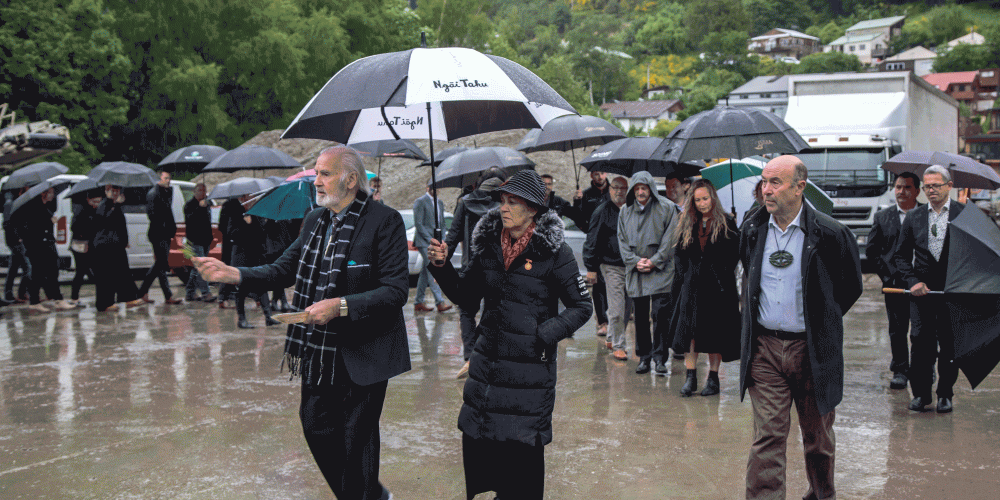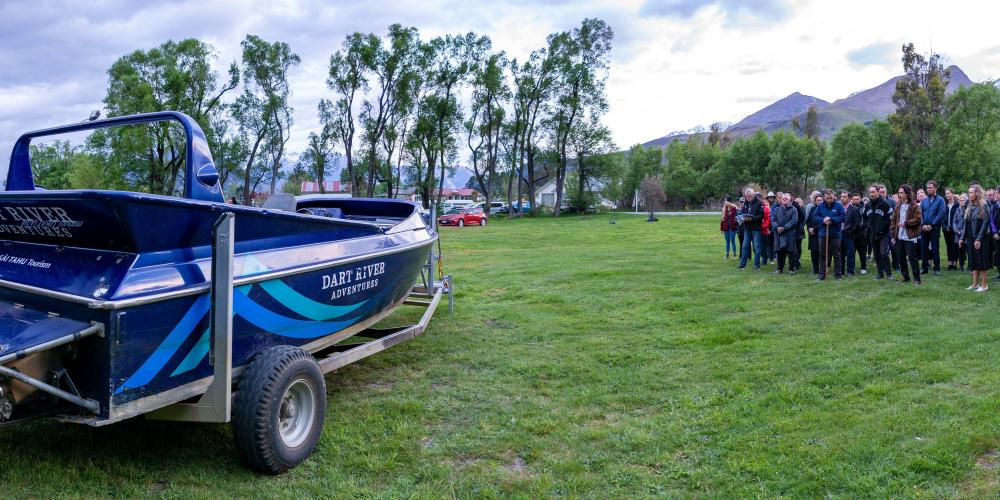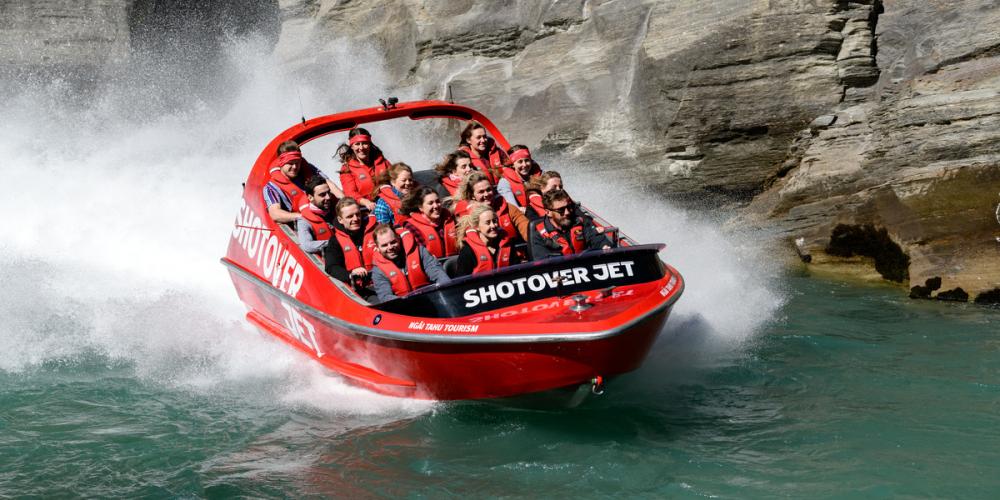In the 1840s, interpreter and writer, Edward Shortland set out on a journey to explore Te Waipounamu (the South Island) and gather information about native land claims. However, Shortland, like other early Pākehā, was unfamiliar with the rugged and unforgiving southern terrain, so to ensure a safe passage he sought help from local Ngāi Tahu guides.
These guides had an intimate understanding of the southern landscape, and they used their knowledge to help early explorers travel through the difficult inland passes, across the treacherous rivers, and around the wild coastlines.
Along the way the Ngāi Tahu guides introduced these manuhiri (visitors) to the local foods, traditions, and the people. Since this early period, Ngāi Tahu has been hosting, looking after, and guiding foreigners through Te Waipounamu.
In the 90s, Ngāi Tahu took its first official steps into the tourism industry when the Ngāi Tahu Māori Trust Board invested in Kaikōura Tours, which later became Whale Watch Kaikōura. In a similar period, the Trust Board purchased and ran Ōtāpara Lodge in Fiordland. The 65- bed hotel was used as tourist accommodation and also as a base to supply meals to buses passing by on their journey to Milford.
In 1998, when the Ngāi Tahu Settlement Act was passed, the tribe received $170M and they decided to use some of the money to buy more tourism attractions, including the Shotover Jet, to set up Ngāi Tahu Tourism.
Today, Ngāi Tahu Tourism continues this tradition by looking after manuhiri at the 14 iwi owned tourism businesses around the country.
Ngāi Tahu Tourism’s initial focus was on setting up sound structures to manage and operate a successful businesses. Today, while that remains a priority, a much greater emphasis is been given to the cultural aspects of the experiences, this includes focusing on te reo, tikanga, and telling Ngāi Tahu stories.
This mahi has been driven by Quinton Hall, Kaihautū of Ngāi Tahu Tourism, who was appointed in 2014 and quickly reset the company’s core purpose to Tuia or making the connection.
“To get everyone in the organisation living and breathing the values of our 63,000 owners, first we needed to educate our kaimahi, te whānau tāpoi, about who we were working for,” says Quinton.
Ngāi Tahu Tourism started small, introducing support for te reo greetings and place names for the over 300 kaimahi across the 14 businesses, so that they were able to greet manuhiri with a simple “kia ora” rather than hello.
Alongside this te reo support, Ngāi Tahu Tourism has ran a number of training days around the country to teach kaimahi about Ngāi Tahu history, settlement, and values.

“This is about making that connection stronger, so they know who they are working for, and can gain an understanding of how the iwi operates,” says Quinton.
Jamie Hareb, a Franz Josef Glacier guide, can testify first-hand that this connection makes his and his work colleagues’ jobs more meaningful. “We feel like we are giving something back by representing an iwi entity, and even if we are not Ngāi Tahu we start to feel a sense of ownership like we are doing justice to the history by pursuing the stories.”
At the workshops the team are taken through the values of manaakitanga, rangatiratanga, tohungatanga, tikanga, kaitiakitanga and whanaungatanga, and they are challenged to think about what these values mean for them in their different roles.
Living these values and working with the appropriate Ngāi Tahu tikanga is becoming more and more visible within the operations. For example, as trips start into the Whakatipu Kā Tuku (Hollyford Valley) or heading onto Kā Roimata o Hinehukatere (Franz Josef Glacier), the Ngāi Tahu guides open with “Ka mihi ki a Rangi e tū nei!” – acknowledging Rangi (the Sky Father) standing, and the dependence and importance of the relationship with our environment.
Quinton says there is still more to do, but that what has been done so far has been a huge challenge and a steep learning curve for all the kaimahi.
“Many kaimahi have been nervous, worried about making mistakes and not wanting to accidentally offend the iwi. We have a long way to go, but we’ve worked hard to foster a safe environment and encourage everyone to give it a go,” says Quinton.
While Ngāi Tahu Tourism staff may never be able to offer the intrepid journey that early Ngāi Tahu guides showed Shortland, it is hoped as they learn more, and as they become more confident, they will be able to offer manuhiri better insight into Ngāi Tahu culture, history, and identity.


